My parents had an interesting collection of art throughout our house when I was growing up, and I’ve no doubt that, as a whole, that body of work left an impression on me. The eclectic nature of the group living in my everyday surroundings definitely shaped what I saw in things. Each piece having different roles to play in my influence, but as a whole, inspiring me to be drawn to many different things, and glean from each thing to form who I am. Below are a few of the paintings I remember having around me every day. (Prints of these paintings, of course).
The Peasant Dance, Pieter Bruegel the Elder (1568)
This was a very large mounted print – maybe about 5 feet wide – that filled the wall above our couch in the family room. I’d stared at this many times over the years, and found it oddly intriguing. I enjoyed searching for the bits of hidden things throughout his work. It has an earthy and rustic quality in both color as well as how it depicted an outdoor community event, with the village folk gathered to dance and drink, much like the Renaissance fairs I’ve always enjoyed visiting over the years. So, it invoked a sense of familiarity and camaraderie, and the room in which it hung was the perfect place for it to be present. It was the room where we all gathered the most, so the painting was somewhat like an extension of the world within our home.
The Peasant Wedding, Pieter Bruegel the Elder (1566-69)
This print was also very large – the same size as the other Bruegel, maybe 5 feet wide – and it hung in our dining room, which again was the perfect place for this one. We had family and friend gatherings over food at the table in this room, and the feeling was warm, casual, and always full of good conversation and a bit of carousing as well. This painting was like an extension of the events in the room in which it was present, as The Peasant Dance also was. They set the tone, and were many times a topic of conversation too. These scenes were genuine and down-to-earth, as was the energy in our home. Bruegel was a genre painter, and these paintings depicted real life events. At the time they were painted, that was pretty much unheard of, or at least not revered.
Aristide Bruant, Dans Son Cabaret, Henri de Toulouse-Lautrec (1892)
Another very large print in our house, this poster had a very commanding presence, as apparently its subject did as well. Toulouse-Lautrec depicted only the basics, and that was all that was needed. Bruant was a French cabaret singer, comedian, and nightclub owner, and was known for wearing a black cloak and red scarf. He was the creator of the chanson realiste – which began in the 1880s, and was a style of music influenced by literary realism and naturalist movements in literature and theater, dealing with the lives of Paris’s working class. I’d always thought of this piece as a perfect example of ‘less is more’.
The Ancient of Days, William Blake (1794)
Speaking of a commanding presence, this print – also a pretty large one – could stop you in your tracks upon seeing it. Its simple design and powerful imagery draws you in immediately. When I was younger, I sketched this on a few occasions, but I don’t think I ever showed anyone my sketches. I was quite influenced by William Blake at a pretty early age, and a lot of my sketches were inspired by the work he did (especially such paintings as the Lovers’ Whirlwind and his etchings). Blake was a creative visionary, and depicted philosophical and mystical undercurrents within his art and poetry. Our family enjoyed wading in those types of undercurrents – with interests in literature, education, music, and art, it’s no wonder Blake was an influence.
The Tree of Life paintings, Gustav Klimt (1909)
We had small prints (I believe they were actually large coasters) of this tryptic. When I was very young, I used to play with small action figures called ‘Adventure People’ with my sister, and we would pretend that these coasters were valuable paintings they owned and showed. We would always be very careful when moving them, and to our little characters, they were sacred works of art. We’d have conversations (in our characters’ voices) about what we observed in the design and symbolism of the work. Many of the characters we played with were artistic or creative in some way, and all of them were nature lovers and outdoorsy, so naturally the Tree of Life paintings were highly regarded by them. Klimt has always been high on my list of favorites, and I’ve no doubt that my admiration for his work started all the way back then.
The Sleeping Gypsy, Henri Rousseau (1897)
This was a relatively small print, but with a powerful presence as well. There was a calm and peacefulness to it, though, and that was where its strength was, to me. I remember talking about it and coming up with different ideas as to what it was about. What it comes down to, I think, is that that’s what it was about. That there can be many different interpretations, and that’s just fine. Just as a mix of cultures is depicted in this painting, the interpretation can be a mix as well, depending on who is viewing it. Whether it was solely in the post-impressionistic reaction to Impressionism, and its emphasis on a change in aesthetics or content, or a deeper meaning Rousseau was trying to portray, the interpretations were varied – even within myself at different times I thought about it or discussed it with others.
Poppy Field in Argenteuil, Claude Monet (1873)
This was a framed print we had in our living room, which was the brightest room in our house, and was a nice room to admire it in. This painting being in our house was good for me. It grew on me. I wasn’t necessarily drawn to this one at first, but eventually it really clicked. The house I grew up in was at the end of a street, where the outlet to a field that led to the American River was just a stone’s throw away from our front door. This painting helped me understand that painting the impression of something was painting from memory. Though most of the field that was at the end of our street was under a canopy of oaks, there were open stretches of fields there also, and this little scene was similar to the views we had on our walks in the open areas of the field on a spring day – especially looking at this from more of a distance. But a look up close, and you see that the painting is about note-taking, and that’s the essence of one’s impression.
Annunciation, Robert Venosa (1979)
I remember the first time I saw this – a poster of it – it was when I was in high school, and I was in a crystal shop. I bought the poster and a big art book of Venosa’s work. I’d say, looking back, that could’ve markedly been when my love for Fantastic Realism truly began.
Since then, my vault of inspiration has grown exponentially – from the fantastic to the realism, from the painterly to the graphic, from digital to traditional. I feel pretty lucky to have grown up with these paintings in my everyday surroundings, and I can say I notice their influence on me in art and in overall observation. Aside from the art in our house, we definitely got in a good dose of museum visits and art shows and events as well. I feel very fortunate to have had all of this art in my surroundings as I was growing up. (Shout-out to Mom and Dad – thanks, guys!)
What early inspiration do you remember having as you grew up?


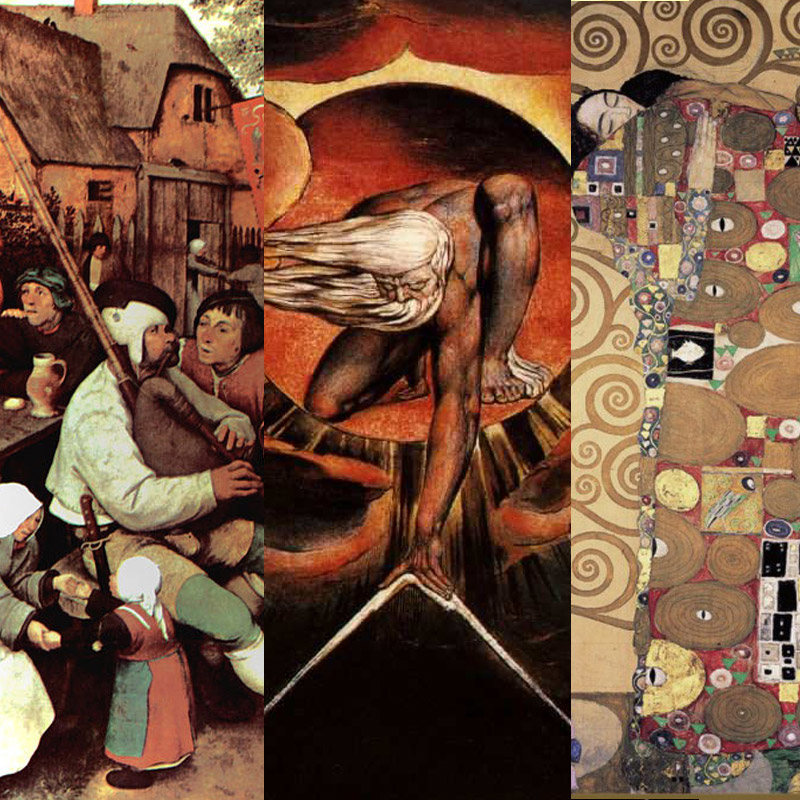
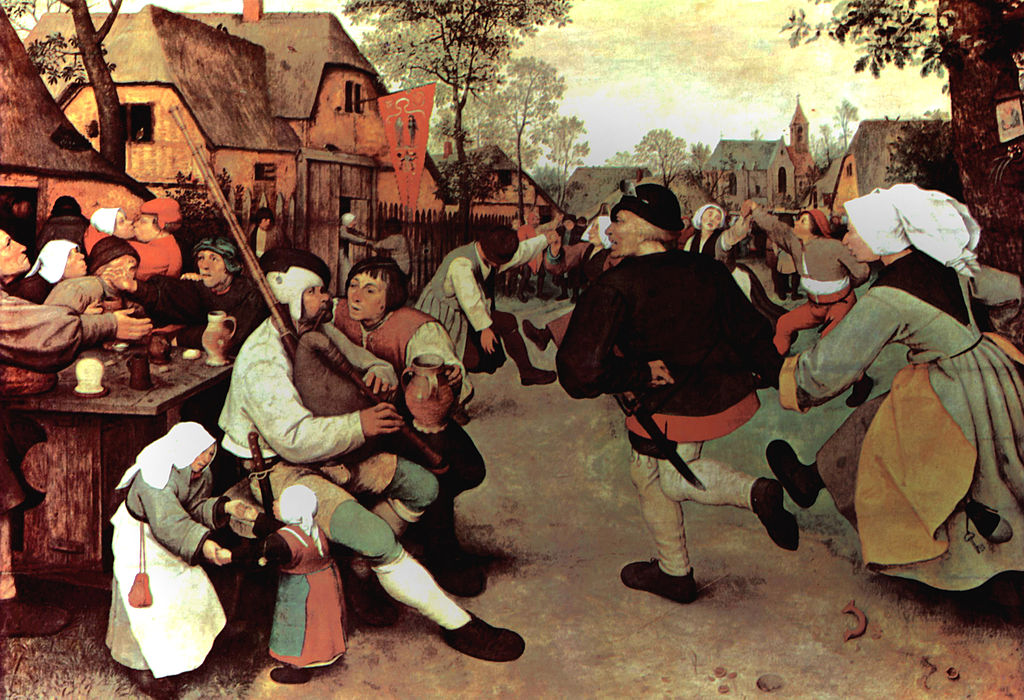
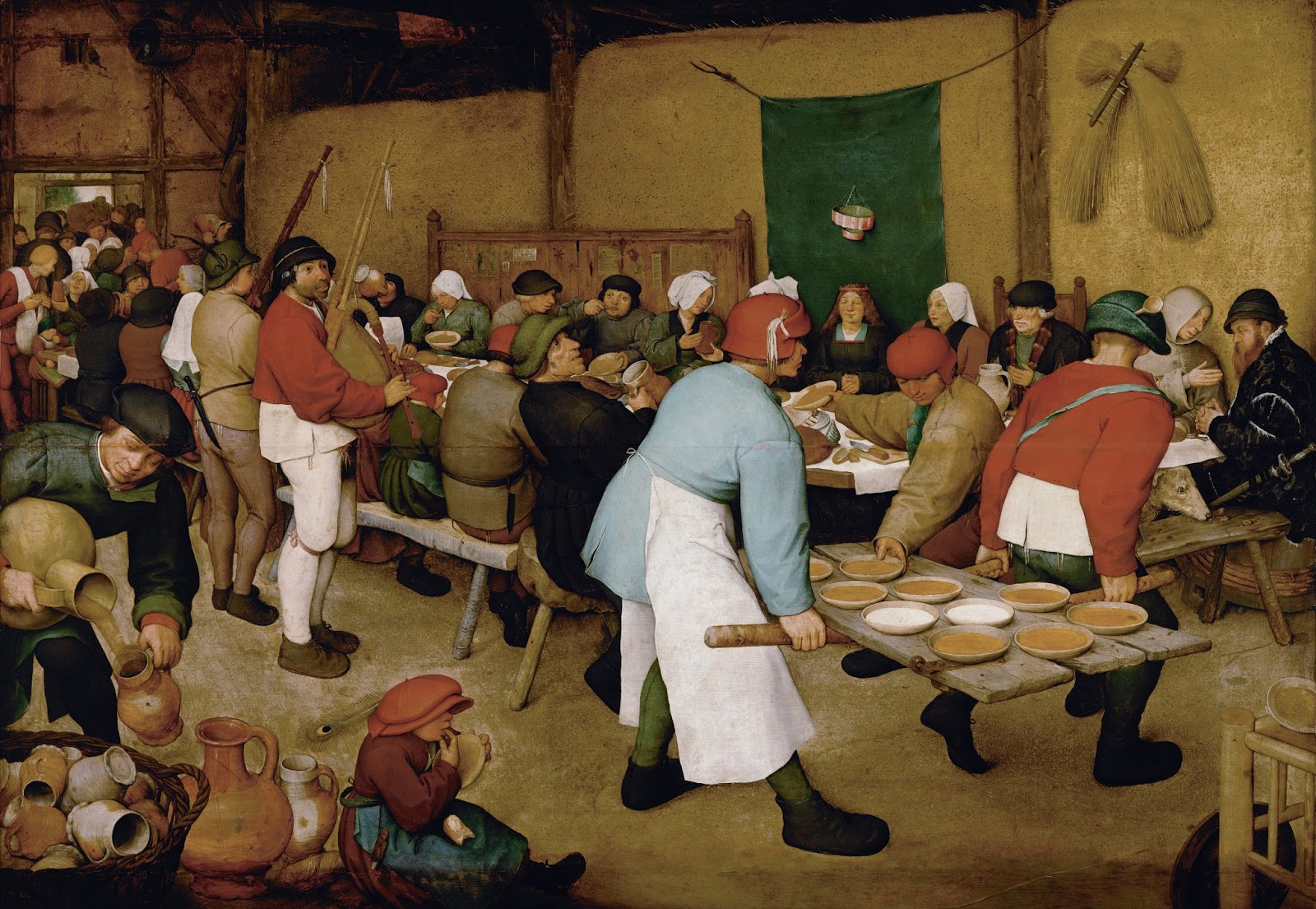
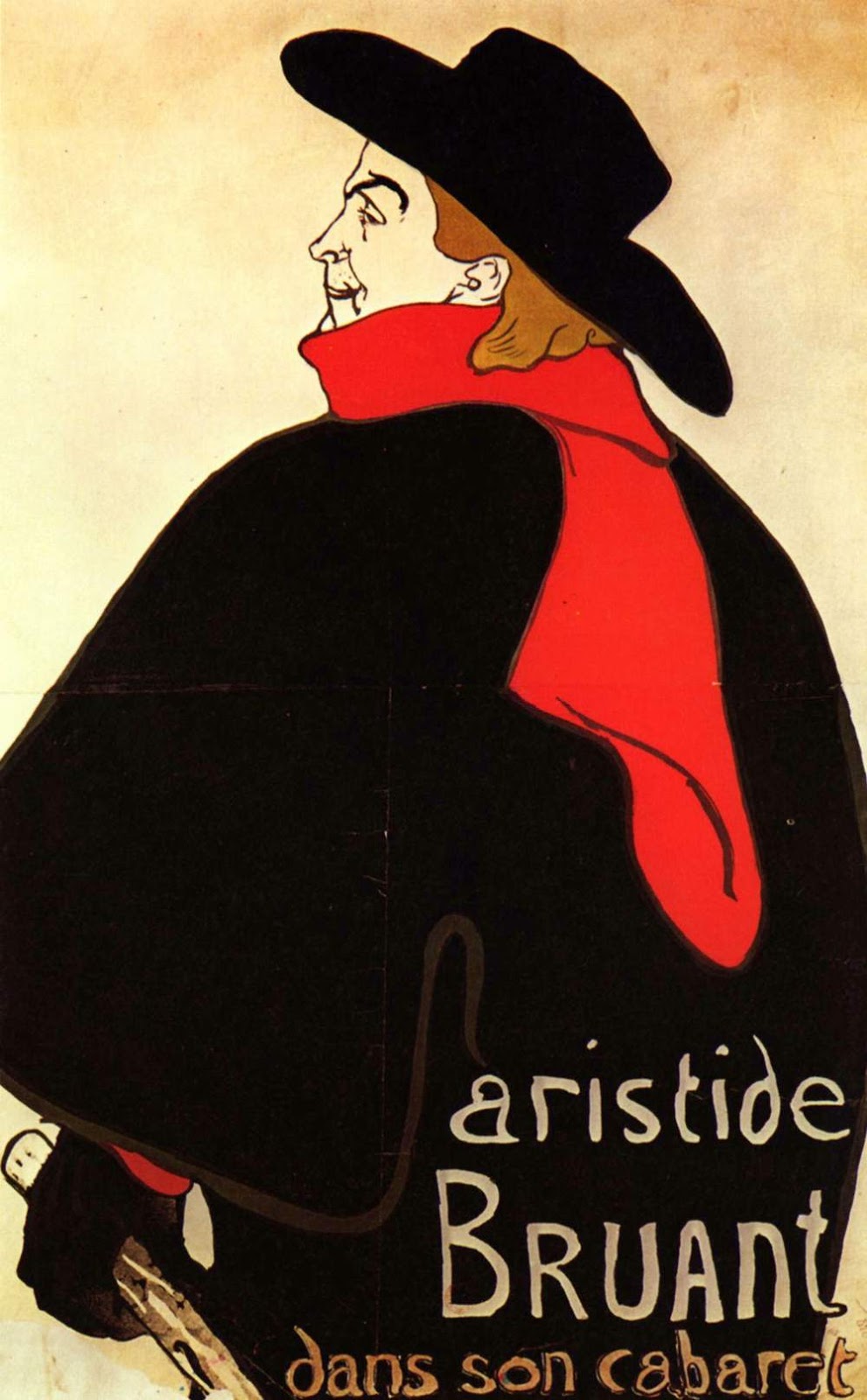
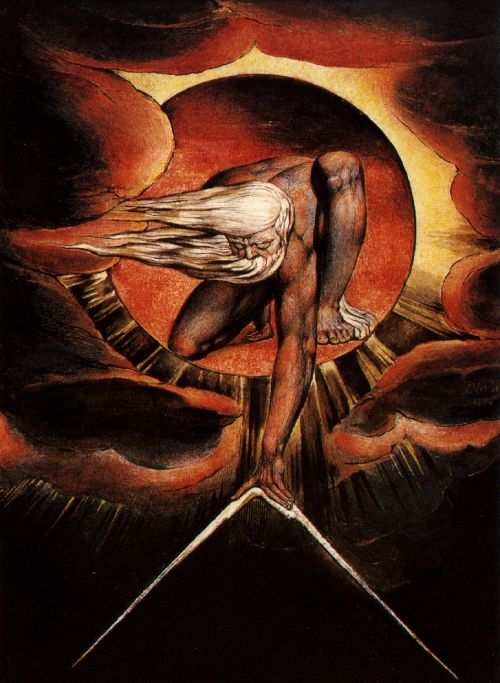
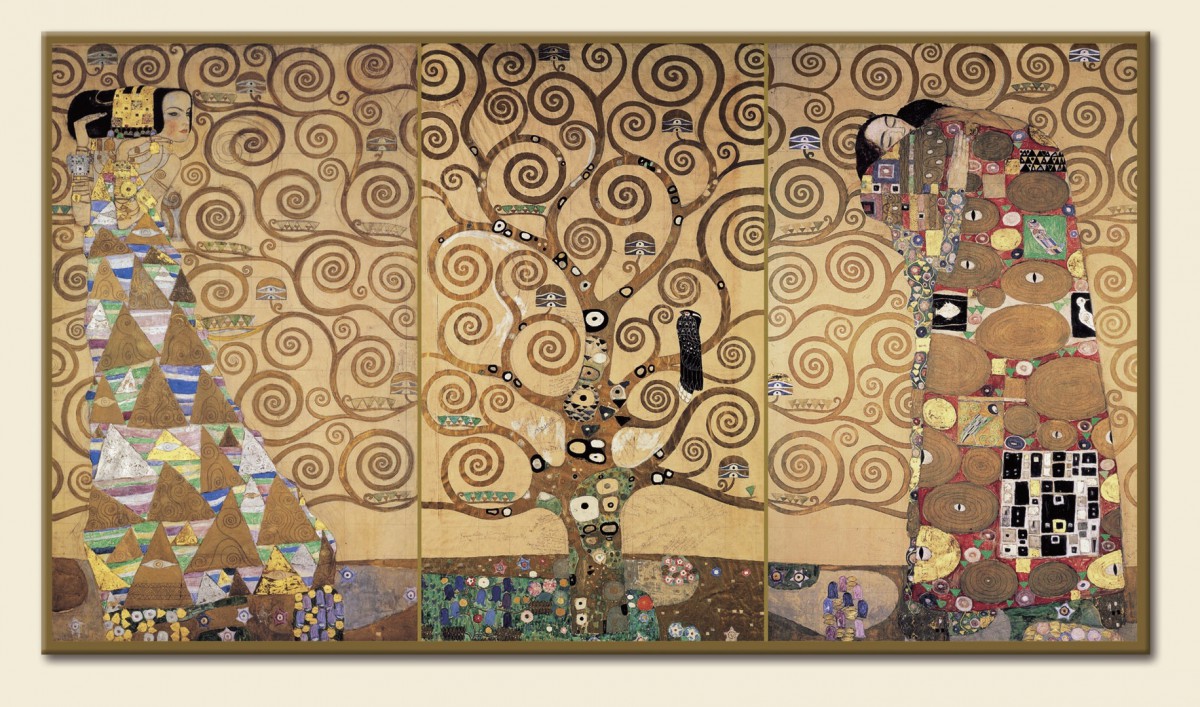
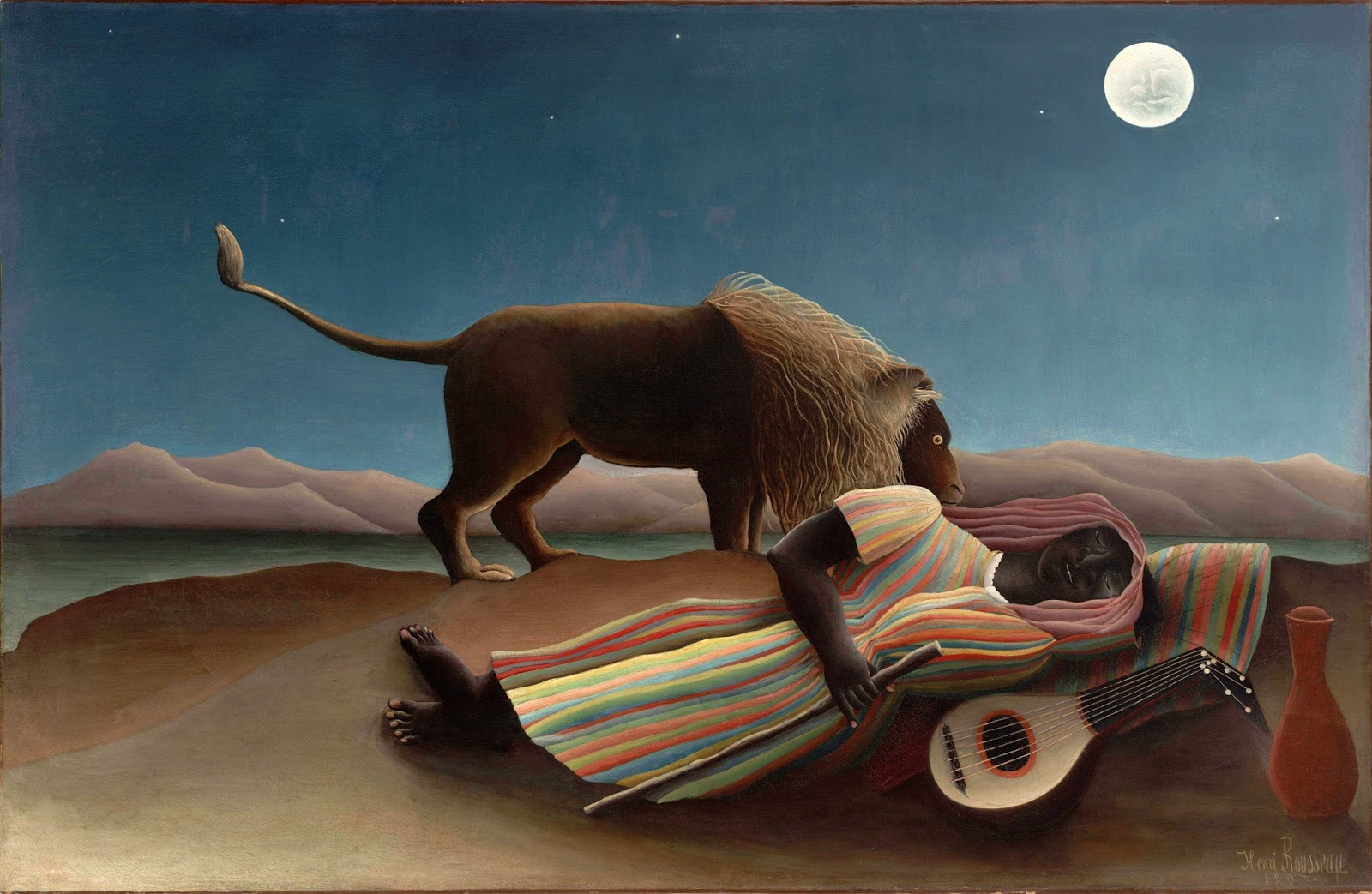
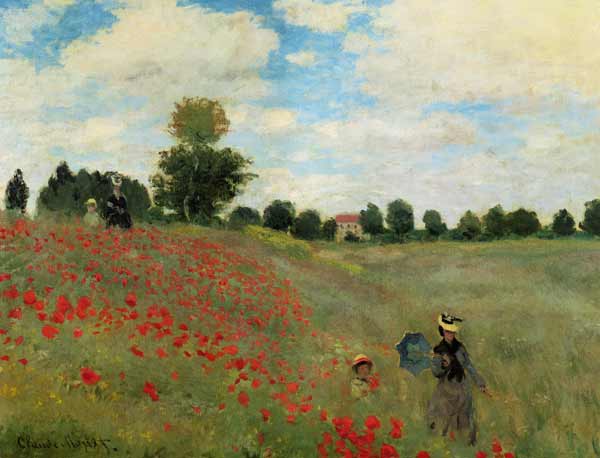
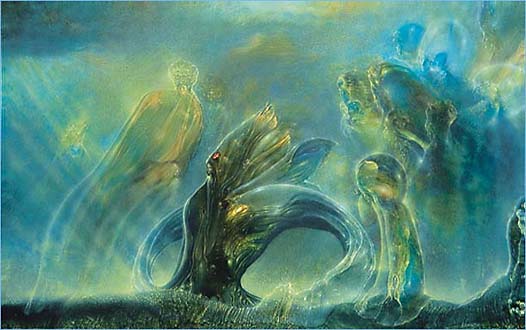
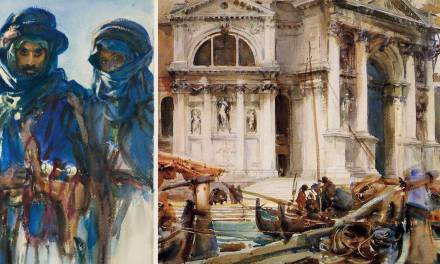
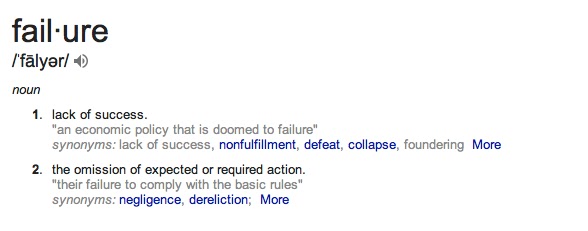
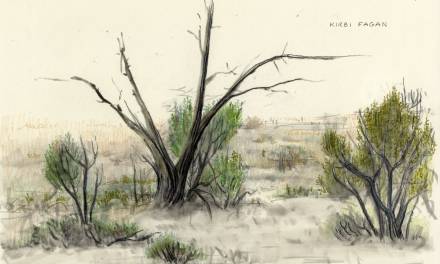
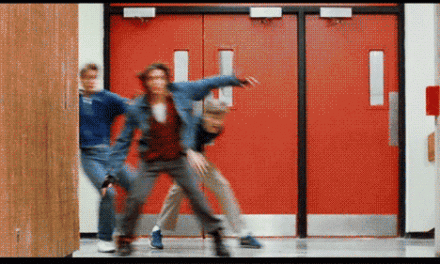

I love this post, Vanessa.
We didn't have any art hanging in my childhood home, except for a few traditional Portuguese tiles. But I often spent my Summers hanging out at my Aunt's hair salon, and she has several Pat Nagel prints. They most definitely left a lasting impression on me.
Inspirations boards. Just as a sketchbook marks your thoughts I feel 'a facebook page' can do the samething. I find ultimately you have to make your own correlative thinking: https://www.facebook.com/groups/407514585983344/
Love this post. We had a few reproductions of Korean art but also some beautiful Korean dolls in glass cases. As a youngster they gave me delicious nightmares. Sadly the only “real” art my parents ever bought was of the flea market variety. But at least our walls were full. Most of my visual stimulation came from album art, comics, and books. Had several books illustrated by Arthur Szyk. Spent quite a few hours with those. Those two Breughels you posted are among my favorites ever. Talk about a narrative illustrator. The best.
I always love posts like this too. I have always thought that to know and understand another artists work better all you have to do is see what or who are their inspirations.
Both my parents artists we had theirs as well as artists from history and contemporary artists hanging on the walls.
Most of them helped shape me as an artist even though it took years to realize it.
We also had plenty of art books laying around that had the same impact on me as influential.
Interestingly the same can have an unconscious negative impact.
When I was really young, maybe 4 or 5, our family physician had religious art (prints) hanging on the walls of the waiting room.
I was terrified of doctors visits at the time like many children are so those negative feelings translated through that kind of art. Sitting there with nothing to look at but the art coupled with my apprehension and for years I would experience the same sensation when seeing religious art, all unconscious of course.
I think it wasn't until art school I finally realized it and could view religious art without that sensation.
Now I can enjoy it just the same.
oh man, I do remember Nagel – his art was everywhere back then! The Portuguese tiles sound awesome. I love those! I feel pretty lucky to be surrounded by so many spaces with beautiful Mexican tile work where I live in San Diego, CA.
Sounds like you had a nice eclectic mix of art in your surroundings. I'm a big fan of dolls and doll heads – I've got several in my studio and tucked in small spaces in our bookshelves, etc. They are creepy, I suppose, and maybe that's why I'm drawn to them. Turns out my grandmother collects dolls and has hundreds of them in her home. So cool! I had no idea until my adult years. So, the draw to the creepy factor runs in the family! ha. Delicious nightmares is a great way of putting it! You definitely could spend hours looking at Arthur Szyk's work – he's got details tucked inside details – much like Bruegel. The things I've always been drawn to about flea market art are the frames a lot of the time! Our walls were full of books as well as art. Good combo. And my house is now quite similar. Thanks for the comment!
oh yeah – true! This list of paintings that were in our home when I was growing up is just the tip of the iceberg as far as inspiration – they were my inspiration before I maybe even knew it! My list of inspiration could be pretty extensive, but I do have a short list of some faves that really click with me – Maybe I'll share those in another post sometime. So great your parents are artists. Pretty cool! The house I grew up in also had a lot of books that filled the walls. And our house does now, too. Interesting about the religious art and the negative impact, but does makes sense when linked to something you feared. Glad you were able to get it figured out. There are so many beautiful paintings that originated from religion and are such great examples of storytelling in an image. Thanks for the comment!